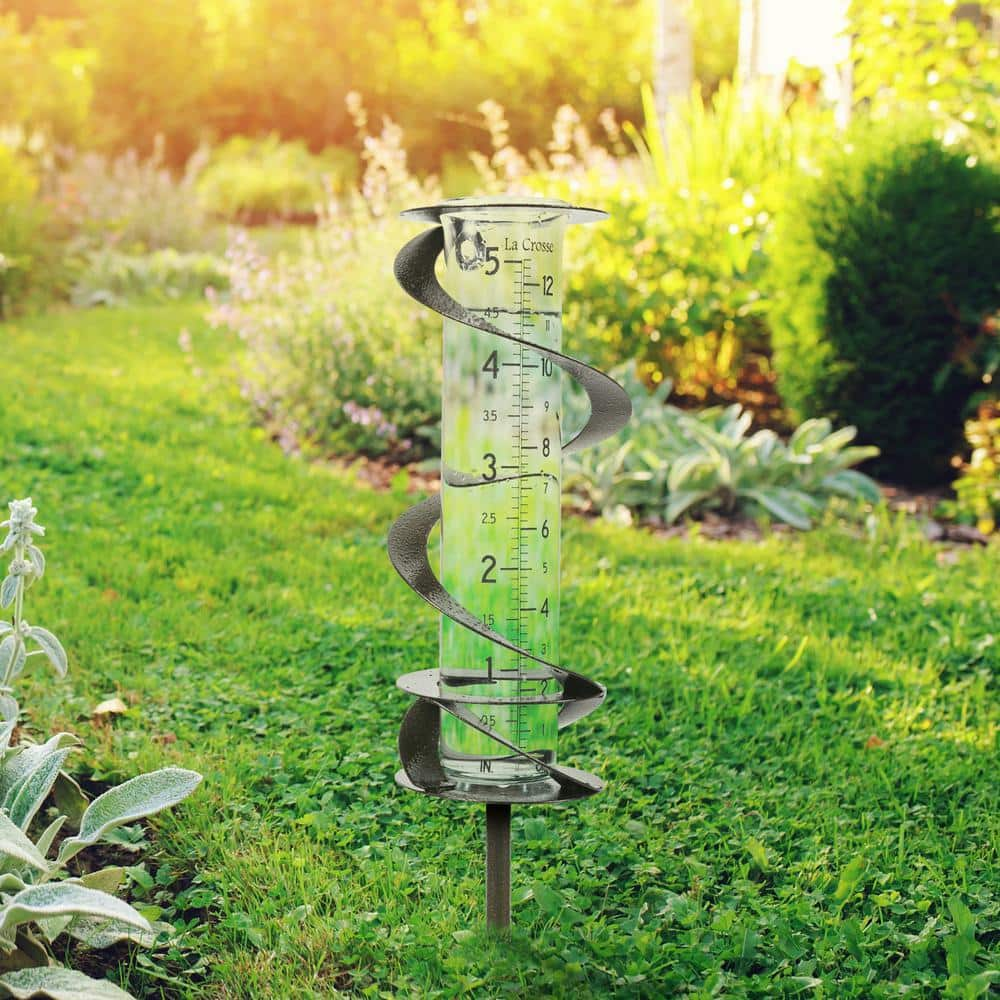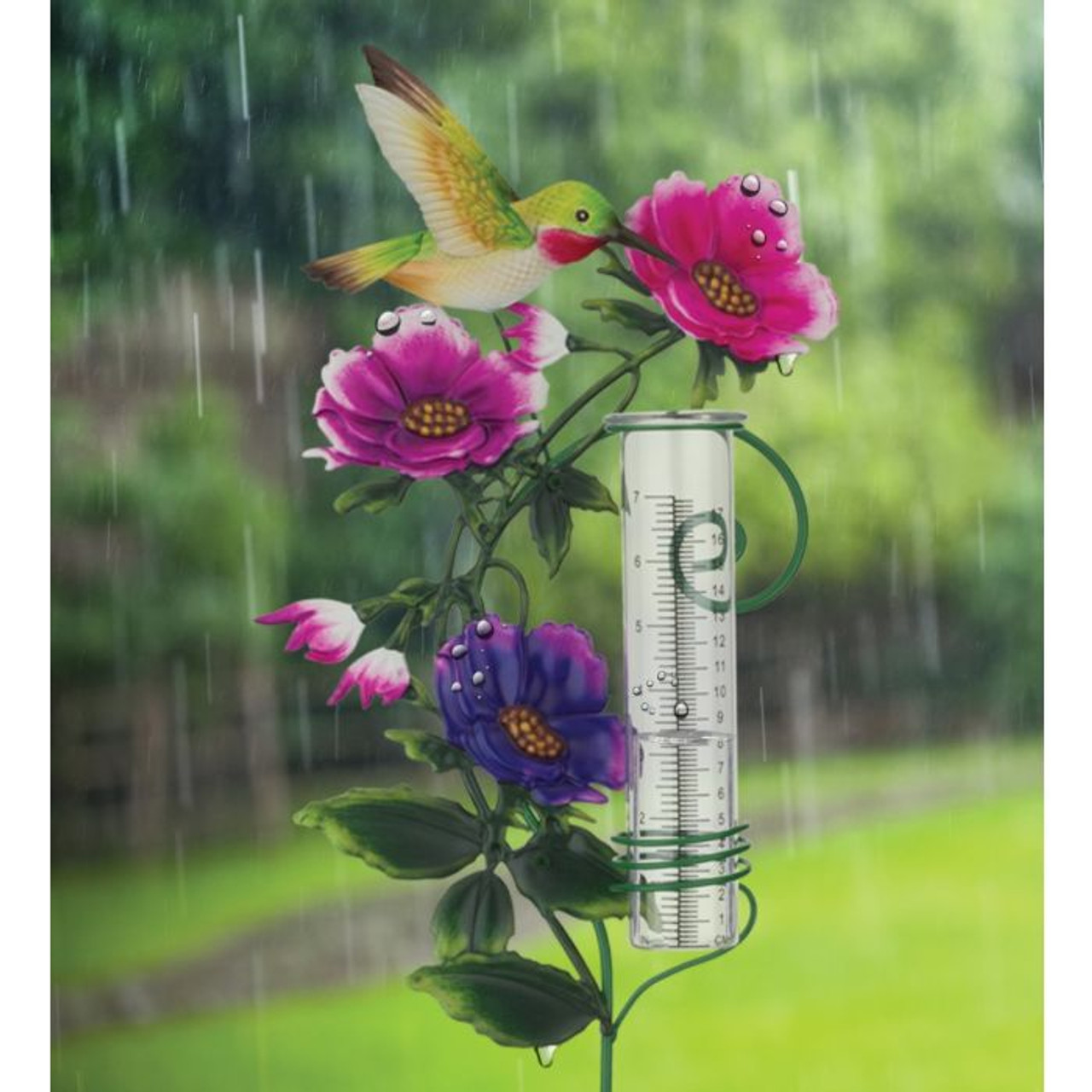Mastering the Scientific Research Behind The Rain Gauge: Insights and Innovations Unveiled
Wiki Article
Recognizing Rain Gauge Measurements: A Full Overview
Recognizing Rainfall Gauge Measurements: A Full Guide is a comprehensive source for anyone looking for a much deeper understanding of rainfall gauge dimensions. Whether you are a professional in the area or simply have an inquisitiveness concerning rains dimension, this guide will outfit you with the expertise needed to successfully utilize rainfall scale measurements.The Importance of Rainfall Gauge Measurements
The significance of rain scale dimensions lies in their role as a crucial tool for properly analyzing and monitoring rainfall degrees - The Rain Gauge. Rain scale measurements provide beneficial data that assists hydrologists and meteorologists understand patterns and trends in rainfall, which consequently aids in different areas such as agriculture, water source administration, and environment research
Exact rainfall dimensions are vital for farming as they aid in identifying irrigation needs, plant development, and return forecasts. Farmers rely upon this info to make enlightened choices concerning when to sprinkle their crops, avoiding water wastefulness and making certain optimum crop wellness. Furthermore, rainfall data assists in assessing the impact of droughts or too much rains on crop manufacturing, allowing farmers to take ideal actions to decrease losses.
Water source management greatly counts on rainfall scale dimensions to figure out the quantity of water available in rivers, lakes, and tanks. Accurate dimensions enable water supervisors to make educated choices concerning water allowance and circulation, ensuring lasting use and protecting against shortages. This information is especially essential in areas where water deficiency is a pushing concern.
In addition, rain scale measurements play an essential role in environment study. By precisely measuring rains over prolonged durations, scientists can analyze lasting environment patterns and identify changes in rainfall patterns because of climate change. This information helps policymakers and scientists develop techniques to adjust to and alleviate the results of environment adjustment.
Sorts Of Rainfall Gauges
There are numerous types of rainfall determines made use of to measure precipitation properly. Each kind has its very own advantages and constraints, making them appropriate for various objectives and environments.The most typical type of rainfall scale is the common cylindrical scale. It includes a round container with a broad funnel-shaped top to collect rainwater (The Rain Gauge). The water is then funneled right into a graduated determining tube, allowing for accurate measurement of the amount of rainfall
Another type is the evaluating rainfall gauge. Considering rain determines are particularly useful in locations with icy precipitation or heavy rainfall, as they are not impacted by sprinkling or dissipation.
Tipping bucket rain assesses utilize a system that pointers a little container each time it collects a details amount of rainwater. The variety of ideas is tape-recorded and utilized to compute the rains. This kind of gauge is generally made use of in automated weather condition terminals due to its low upkeep needs and capability to provide real-time data.
Lastly, there are radar-based rainfall determines that usage radar technology to estimate rains. These evaluates determine the intensity of rains in a details location by assessing the mirrored radar signals. They are specifically beneficial for measuring rainfall over huge areas or in remote places.
Exactly How Rain Scale Measurements Job
Rain gauge measurements are based upon the concept of determining the amount and collecting of rainfall. These instruments are made to record rainwater and supply a precise measurement of the rainfall in a specific area.The most typical sort of rainfall gauge is the conventional round scale. It includes a round container with a broad opening on top to gather rainwater. The accumulated water is then funneled right into a gauging tube, have a peek at this site which is calibrated to provide the dimension in devices of length, usually inches or millimeters.
One more kind of rain gauge is the tipping bucket scale. It makes use of a seesaw-like device with 2 buckets that tip when they reach a particular weight threshold. Each suggestion of the pail stands for a particular volume of rainfall, enabling precise measurements.
Some sophisticated rain gauges are outfitted with electronic sensors that automatically document and transfer data. These sensors use different innovations such as ultrasound or laser to measure the quantity of rains properly.
Factors Influencing Rainfall Gauge Precision
Environmental factors such as wind, temperature level, and atmospheric pressure can substantially influence the precision of rain scale dimensions. Modifications in atmospheric stress can likewise influence the precision of rainfall scale measurements, as they can alter the price at which rains is gathered.Functional variables, on the various other hand, describe elements connected to the design, installation, and upkeep of the rainfall scale. The placement of the rainfall gauge in an area with blocked air movement or near buildings or trees can result in imprecise readings as a result of blockage or splattering of rains. Improper calibration or irregular upkeep of the rain scale can also influence its accuracy.
To guarantee the accuracy of rain gauge dimensions, it is necessary to consider these variables and take suitable steps. This might include selecting an appropriate location for the rainfall gauge, ensuring correct installation and maintenance, and on a regular basis adjusting the instrument. By addressing these variables, precise and reliable rainfall dimensions can be gotten, which are important for various applications such as weather projecting, hydrological researches, and farming.
Tips for Properly Measuring Rain
To guarantee specific rains dimensions, it is important to apply details strategies and methods when making his response use of a rainfall gauge. Here are some suggestions for precisely determining rains:Proper Positioning: Place the rainfall scale in an open area, far from trees, buildings, and other look at this site obstructions that might disrupt the rainfall collection. It ought to be positioned on a degree surface to prevent water merging or overflow.

Check Out the Scale Correctly: When taking measurements, read the water level at eye degree from all-time low of the crescent. Avoid parallax errors by aligning your view straight with the water degree.
Consistent Time Period: Establish a consistent time interval for gauging rains, such as every 24 hr or after each rains event. This guarantees precise monitoring and comparison of precipitation information.
Document Measurements Promptly: Record rainfall dimensions as soon as feasible after collection to avoid dissipation or spillage. Utilize a rainfall gauge with an integrated data logging feature for automatic recording.
Verdict
In verdict, comprehending rainfall gauge dimensions is crucial for properly gauging rains. Different kinds of rain evaluates are readily available, each with their very own advantages and limitations. It is very important to think about elements that can influence the precision of rain gauge measurements, such as placement, evaporation, and wind. By complying with the tips given, one can make certain much more accurate and dependable rains measurements.Comprehending Rainfall Scale Measurements: A Complete Overview is a thorough source for any individual looking for a much deeper understanding of rain gauge dimensions. Whether you are a professional in the field or just have an inquisitiveness regarding rainfall dimension, this guide will certainly furnish you with the expertise required to successfully use rain gauge measurements.
The most common kind of rainfall scale is the typical round gauge.The most typical kind of rain gauge is the conventional round gauge.One more type of rainfall scale is the tipping bucket scale.
Report this wiki page